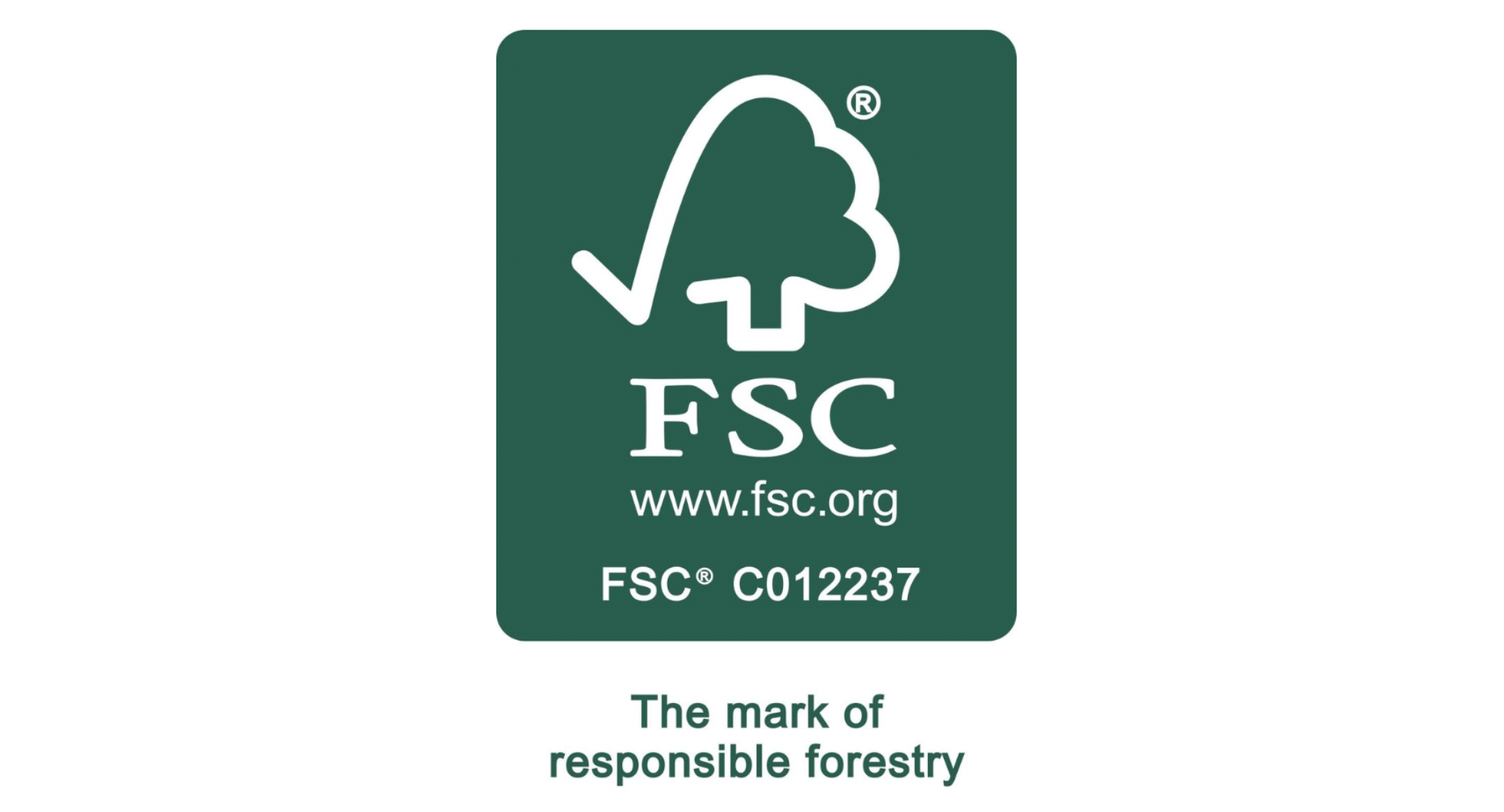In the era of digital dominance, direct mailing remains a formidable player in the marketing game. Whether you're a small business aiming for local outreach or a large enterprise with a national presence, choosing the right mailing service is crucial for campaign success. In this comprehensive guide, we'll delve into the diverse world of direct mailing, exploring the various options available and how they cater to different businesses and campaign types.
Understanding Your Business Needs
Before we dive into the specific types of direct mailing options, it's crucial to assess the unique needs of your business. Different industries, target demographics, and campaign objectives demand tailored approaches. Whether you're a local business targeting a specific neighbourhood or a national corporation aiming for widespread brand recognition, there's a unique direct mailing service suited to your requirements.
Small Local Businesses
For small local businesses, community engagement and cost-effectiveness are paramount. You need a mailing service that allows you to reach your target audience effectively within a specific geographic area without breaking the bank.
National or Global Corporations
Large enterprises with a national or global footprint require a direct mail type that can be done on a large scale. This includes personalized and targeted mailings to diverse demographics, ensuring a consistent brand message across different regions.
E-commerce Platforms
E-commerce businesses often leverage direct mail for a variety of purposes, from sending out catalogues to promoting special offers. Integration with e-commerce platforms is crucial to streamline the process and track the effectiveness of direct mail campaigns.
Unveiling the Options: There is a Direct Mailing Service for Every Business!
Now, let's explore some of the leading direct mailing options, dissecting their strengths and ideal use cases for various business types.
1. Personalized Mail
Overview: Personalized mail involves tailoring each piece of mail to the recipient, incorporating their name, relevant information, and even personalized offers. This approach enhances the engagement and response rates of your direct mail campaigns. Torpedo Marketing has the expertise to run a personalized campaign at any scale!
Strengths:
Higher Engagement: Personalization creates a connection with recipients, increasing the likelihood of them paying attention to your message.
Targeted Offers: Allows for the inclusion of personalized discounts, promotions, or product recommendations based on the recipient's preferences.
Ideal for: Businesses of all sizes aiming for a personalized and targeted approach, especially effective for customer retention and loyalty programs.
2. Letter Mail
Overview: Traditional letter mail involves sending letters in envelopes, providing a formal and personalized touch. This format is versatile and can be used for various types of communication, from promotional messages to official correspondence.
Strengths:
Professionalism: Letters in envelopes convey a sense of professionalism, making them suitable for official communications and important announcements.
Customization: Envelopes can be branded, and the content of the letter can be customized to suit the specific needs of the campaign.
Ideal for: Businesses of all sizes, particularly suitable for official communications, announcements, and personalized messages.
3. Envelope Mailers
Overview: Envelope mailers go beyond traditional letters by incorporating various elements, such as additional inserts, promotional materials, or even product samples, within the envelope. This format allows for a more creative and impactful presentation.
Strengths:
Versatility: Envelope mailers offer flexibility in design and content, allowing businesses to get creative with their presentations.
Engagement: Including additional materials or incentives in the envelope can boost engagement and capture the recipient's attention.
Ideal for: Businesses looking to make a lasting impression, showcase products, or include promotional materials along with their message.
4. Self-Mailers
Overview: Self-mailers are a cost-effective option that eliminates the need for envelopes. They are typically a single, folded piece of paper that contains the message, allowing for easy production and distribution.
Strengths:
Cost-Effective: Self-mailers can be more budget-friendly as they eliminate the cost of envelopes and additional inserts.
Easy Production: Simplified design and production processes make self-mailers a quick and efficient option for time-sensitive campaigns.
Ideal for: Small to medium-sized businesses with budget constraints, time-sensitive promotions, or campaigns where a more straightforward approach is effective.
5. Catalogs
Overview: Catalogs are comprehensive printed materials that showcase a range of products or services offered by a business. They are often used by retail and e-commerce companies to provide customers with a tangible and visual representation of their offerings.
Strengths:
Product Showcase: Ideal for businesses with a diverse range of products or services, allowing for an in-depth showcase of offerings.
Long-Term Impact: Catalogs have a more extended shelf life than other forms of direct mail, providing ongoing exposure.
Ideal for: Retail businesses, e-commerce platforms, and any business with a broad range of products looking to provide a detailed overview of their offerings.
6. cards
Overview: Postcards are a concise and visually impactful form of direct mail that delivers a brief message or promotion. They are cost-effective, easy to produce, and can be particularly effective for targeted local campaigns.
Strengths:
Visual Impact: The visual nature of postcards captures attention quickly, making them effective for conveying concise messages or promotions.
Cost-Effective: Postcards are often more affordable to produce and mail compared to larger formats.
Ideal for: Small local businesses, promotions, event invitations, and campaigns where a concise and visually striking message is key.
7. Greeting Cards
Overview: Greeting cards add a personal touch to direct mail campaigns, making them suitable for expressing gratitude, sending holiday wishes, or nurturing customer relationships.
Strengths:
Personalization: Greeting cards can be personalized with handwritten notes, signatures, or other customized elements.
Relationship Building: Effective for building and maintaining positive relationships with customers, clients, or partners.
Ideal for: Businesses focused on relationship building, expressing gratitude, or sending personalized messages during holidays and special occasions.
Choosing the Best Fit for Your Campaign Type
Now that we've explored the various direct mailing options, let's match them with specific campaign types to guide your decision-making process.
1. Local Promotions with Personalized Touch
For small local businesses aiming to run promotions with a personalized touch, a combination of personalized mail and postcards can be highly effective. Personalized mail adds a customized touch, while postcards provide a visually impactful way to convey promotions to a local audience.
2. Official Announcements and Correspondence
Businesses requiring a formal and professional approach to official announcements and correspondence can leverage letter mail. The inclusion of branded envelopes adds a touch of professionalism, making this option suitable for official communications.
3. Product Showcasing and Visual Impact
For businesses looking to showcase a range of products or services with visual impact, catalogues are the ideal choice. Catalogues provide a comprehensive overview and can be distributed to a broader audience to maximize exposure.
4. Quick and Budget-Friendly Campaigns
When time is of the essence or budget constraints are a concern, self-mailers and postcards offer a quick and cost-effective solution. Self-mailers eliminate the need for envelopes, streamlining the production process, while postcards provide a concise and visually appealing format.
5. Relationship Building and Expressing Gratitude
Businesses focused on building and maintaining positive relationships can leverage greeting cards. Whether expressing gratitude, sending holiday wishes, or acknowledging milestones, greeting cards add a personal and thoughtful touch to direct mail campaigns.
The Final Verdict: Choosing the Best Direct Mailing Service for Your Business
In conclusion, the best direct mailing service for your business depends on a myriad of factors, including your business size, campaign objectives, and target audience. By understanding the strengths and ideal use cases of different direct mailing options, you can make an informed decision that aligns with your specific needs.
Whether you opt for the personalized touch of individualized mail, the formality of letter mail, the creativity of envelope mailers, the efficiency of self-mailers, the comprehensive showcase of catalogues, the visual impact of postcards, or the personal touch of greeting cards, each option brings unique advantages to the table.
As you embark on your direct mailing journey, remember that the most successful campaigns often involve a strategic combination of these formats. Experiment, analyze results, and refine your approach to discover the perfect blend that resonates with your audience and achieves your campaign goals. Adaptability and creativity are your greatest allies in the dynamic world of direct mailing.
Contact Torpedo today to figure out which option is best for your business!












































































































































































